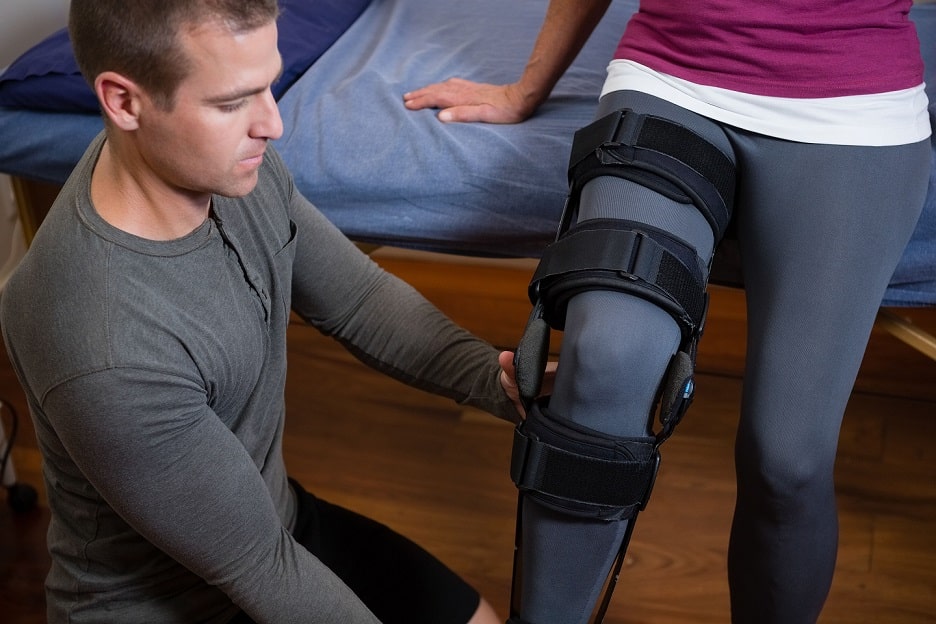Site manager and worker ordered to pay seven thousand pounds in fines and costs
This story serves as an important reminder that employers have a duty of care to their employees for their health and safety.
Reports from the HSE confirmed that 27-year-old Ryan Musgrave suffered serious injuries when he was struck by a concrete skip on the construction site he worked on in South London. As a result of the incident, the HSE investigated accordingly.
Facts and losses
In 2012, Mr Musgrave was working on the construction site when a concrete skip weighing 215kg hit him. This happened because the skip had detached from the excavator, and as a result of the incident, he suffered a broken leg and fractures to his right ankle and several ribs.
This resulted in him being absent from work for seventeen months.
Woolwich Crown Court ordered the site manager, Christopher Crowley, to pay a £1,000 fine and £2,500 in costs, and a self-employed worker, Michael Kernan, to pay a £1,500 fine and £2,000 in costs. They were both found in breach of the Lifting Operations and Lifting Equipment Regulations, Regulation 9 and 8, respectively.
Taking seventeen months off from work is a huge setback for anyone, and given the nature of the injuries, any future or recurrent problems must be taken in to account.
What is the duty of care?
Mr Crowley, as his site manager, owed his employee a duty of care. This means that he should have taken all available and reasonable steps to ensure the health, safety and wellbeing of Mr Musgrave. It seems clear that, in this particular case, the employer negligently failed to provide their employee the safety that was required.
This is the case the Health & Safety Executive, who are an independent regulator for work-related health, safety and illness, investigated and found that there were no examination certificates detailing the shackle on the excavator. Further to this, the shackle was found to be defective.
It’s arguably common knowledge that lifting equipment should be thoroughly checked and inspected, and it was found that Mr Crowley should not have allowed use of the shackle before seeing an examination report for it.
As the site manager, Mr Crowley had a duty of care to prevent such hazards by making routine assessments of the lifting equipment, which was unfortunately not satisfied in this instance. The law makes the duty clear that any lifting accessories, like the shackle in this incident, should not be used unless it has been rigorously examined in the past 6 months.











